Hurricanes

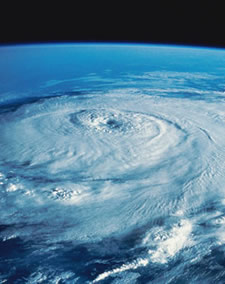
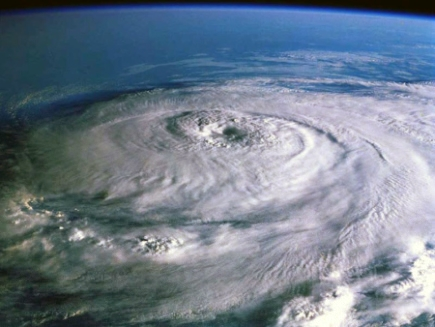
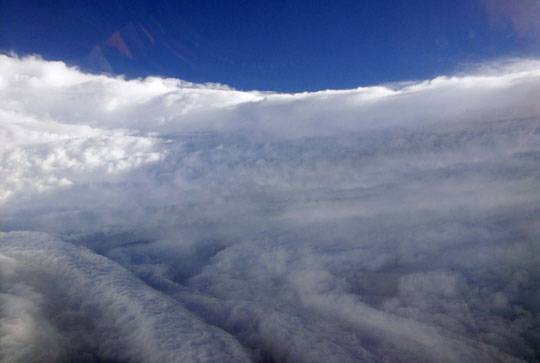
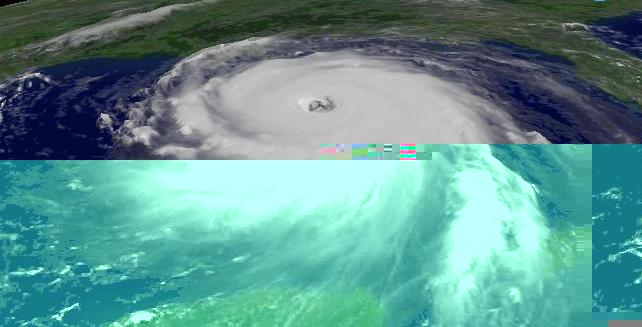
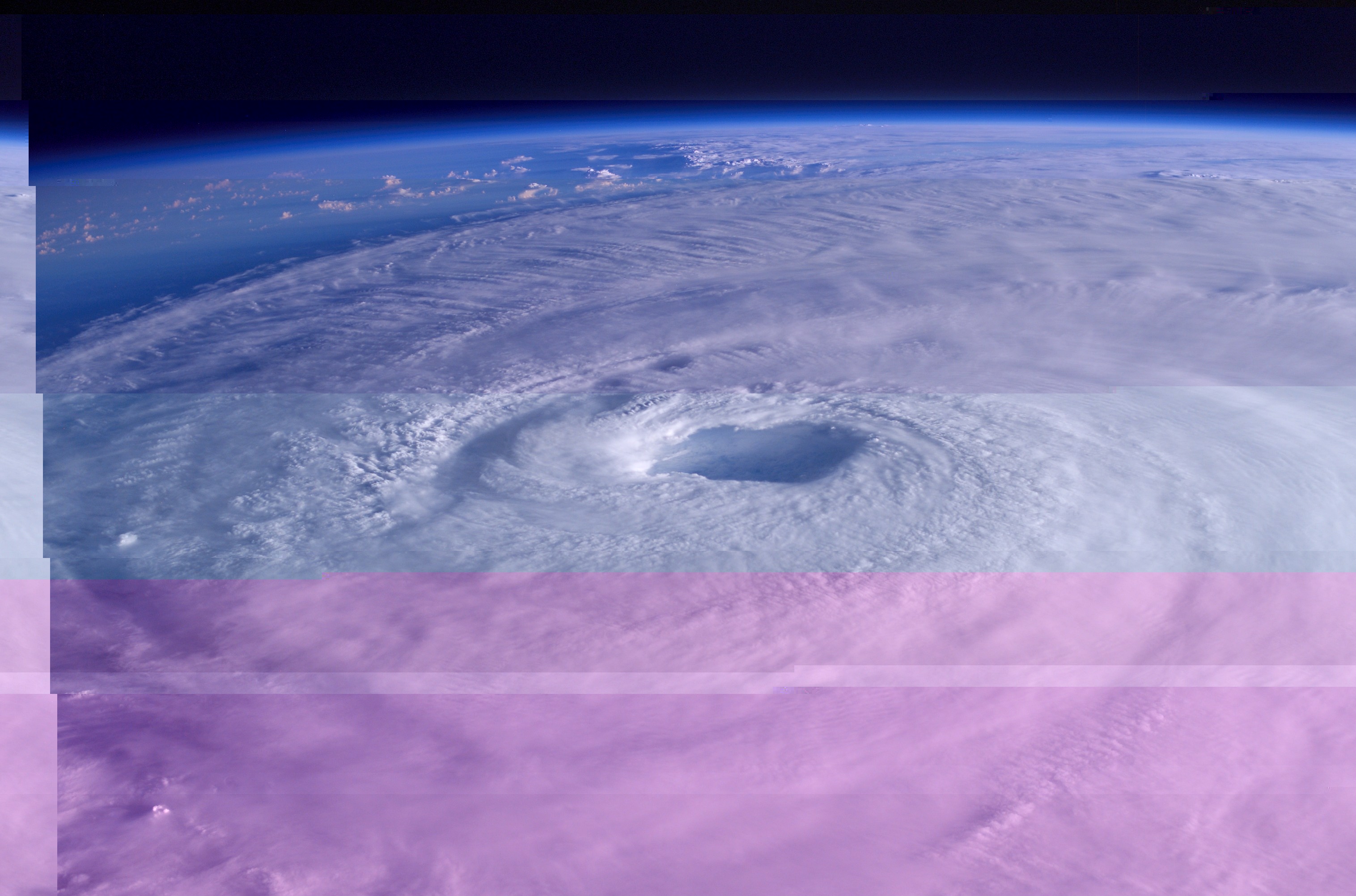
What is A Hurricane
A hurricane is a type of tropical cyclone, the generic term for a low pressure system that generally forms in the tropics. A typical cyclone is accompanied by thunderstorms, and in the Northern Hemisphere, a counterclockwise circulation of winds near the earth’s surface.
All Atlantic and Gulf of Mexico coastal areas are subject to hurricanes or tropical storms. Parts of the Southwest United States and the Pacific Coast experience heavy rains and floods each year from hurricanes spawned off Mexico. The Atlantic hurricane season lasts from June to November, with the peak season from mid-August to late October.
Hurricanes can cause catastrophic damage to coastlines and several hundred miles inland. Winds can exceed 155 miles per hour. Hurricanes and tropical storms can also spawn tornadoes and microbursts, create storm surges along the coast, and cause extensive damage from heavy rainfall.
Hurricanes are classified into five categories based on their wind speed, central pressure, and damage potential (see chart). Category Three and higher hurricanes are considered major hurricanes, though Categories One and Two are still extremely dangerous and warrant your full attention.
Saffir-Simpson Scale
| Saffir-Simpson Hurricane Scale | |||
|---|---|---|---|
| Scale Number (Category) |
Sustained Winds (MPH) |
Damage | Storm Surge |
| 1 | 74-95 | Minimal: Unanchored mobile homes, vegetation and signs. |
4-5 feet |
| 2 | 96-110 | Moderate: All mobile homes, roofs, small crafts, flooding. |
6-8 feet |
| 3 | 111-130 | Extensive: Small buildings, low-lying roads cut off. |
9-12 feet |
| 4 | 131-155 | Extreme: Roofs destroyed, trees down, roads cut off, mobile homes destroyed. Beach homes flooded. |
13-18 feet |
| 5 | More than 155 | Catastrophic: Most buildings destroyed. Vegetation destroyed. Major roads cut off. Homes flooded. |
Greater than 18 feet |
How are Hurricanes Named?
Since 1953, Atlantic tropical storms have been named from lists originated by the National Hurricane Center and now maintained and updated by an international committee of the World Meteorological Organization. The lists featured only women’s names until 1979. After that, men’s and women’s names were alternated. Six lists are used in rotation. Thus, the 2001 lists will be used again in 2007.
The only time there is a change in the list is if a storm is so deadly or costly that the continued use of the name would be inappropriate for reasons of sensitivity. When this occurs, the name is stricken from the list and another name is selected to replace it.
Hurricane Terms To Know
Familiarize yourself with these terms to help identify a hurricane hazard:
Tropical Depression
An organized system of clouds and thunderstorms with a defined surface
circulation and maximum sustained winds of 38 MPH (33 knots) or less.
Sustained winds are defined as one-minute average wind measured at about 33
ft (10 meters) above the surface.
Tropical Storm
An organized system of strong thunderstorms with a defined surface
circulation and maximum sustained winds of 39–73 MPH (34–63 knots).
Hurricane
An intense tropical weather system of strong thunderstorms with a
well-defined surface circulation and maximum sustained winds of 74 MPH (64
knots) or higher.
Storm Surge
A dome of water pushed onshore by hurricane and tropical storm winds. Storm
surges can reach 25 feet high and be 50–1000 miles wide.
Storm Tide
A combination of storm surge and the normal tide (i.e., a 15-foot storm
surge combined with a 2-foot normal high tide over the mean sea level
created a 17-foot storm tide).
Hurricane/Tropical Storm Watch
Hurricane/tropical storm conditions are possible in the specified area,
usually within 36 hours. Tune in to NOAA Weather Radio, commercial radio, or
television for information.
Hurricane/Tropical Storm Warning
Hurricane/tropical storm conditions are expected in the specified area,
usually within 24 hours.
Short Term Watches and Warnings
These warnings provide detailed information about specific hurricane
threats, such as flash floods and tornadoes
Hurricane Hazards
for more information visit this website http://www.fema.gov/hazard/hurricane/index.shtm